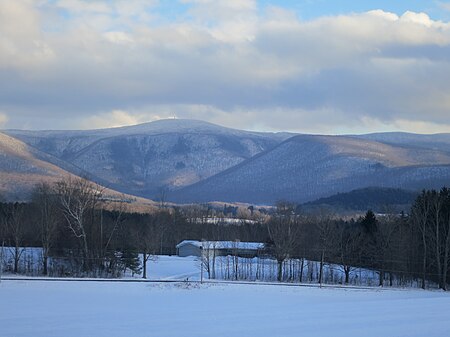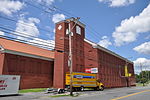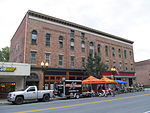Mount Greylock
Civilian Conservation Corps in MassachusettsDefunct ski areas and resorts in MassachusettsHighest points of U.S. statesHistoric districts on the National Register of Historic Places in MassachusettsMountains of Berkshire County, Massachusetts ... and 8 more
Mountains on the Appalachian TrailNRHP infobox with nocatNational Natural Landmarks in MassachusettsNational Register of Historic Places in Berkshire County, MassachusettsNorth Adams, MassachusettsNorth American 1000 m summitsTaconic MountainsUse mdy dates from August 2023

Mount Greylock in northwest Massachusetts is the highest point in the state at 3,489 feet (1,063 meters). The peak played a role in early American literature, and is part of the Taconic Mountains, which are geologically distinct from the nearby Berkshires and Green Mountains. Expansive views and a small area of sub-alpine forest characterize its upper reaches. A seasonal automobile road crosses the summit area near three structures from the 1930s which together constitute a small, "National Historic District." Various hiking paths including the Appalachian Trail traverse the area, which is part of the larger Mount Greylock State Reservation.
Excerpt from the Wikipedia article Mount Greylock (License: CC BY-SA 3.0, Authors, Images).Mount Greylock
Appalachian Trail,
Geographical coordinates (GPS) Address Nearby Places Show on map
Geographical coordinates (GPS)
| Latitude | Longitude |
|---|---|
| N 42.63704 ° | E -73.16593 ° |
Address
Massachusetts Veterans War Memorial Tower
Appalachian Trail
01220
Massachusetts, United States
Open on Google Maps









